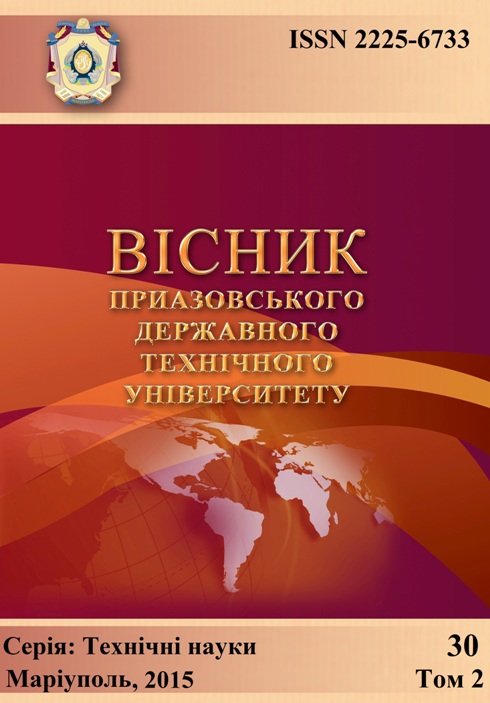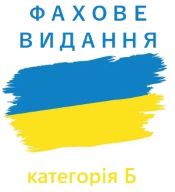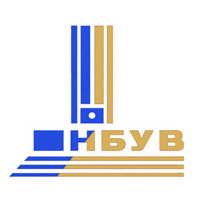Застосування програмної системи кінцево-елементного аналізу ANSYS для комп'ютерного моделювання напруженого стану циліндричних виробів при дії локального джерела нагріву
DOI:
https://doi.org/10.31498/2225-6733.30.2015.52320Ключові слова:
складові вироби, локальний джерело нагріву, зварювальні напруження і деформації, математичне моделювання, кінцево-елементний аналізАнотація
Розглянуто питання застосування сучасних засобів аналізу напружено-деформованого стану циліндричних конструкцій при дії локальним джерелом нагрівання. Із застосуванням системи кінцево-елементних розрахунків ANSYS розроблена методика, що дозволяє з великою ефективністю виконувати моделювання напружено-деформованого стану деталей конструкцій і прогнозувати розподіл деформацій з метою забезпечення необхідних умов подальшої збірки і експлуатації. Застосування сучасних методів чисельного та графічного аналізу дало можливість отримати прогнозовані результати для реалізації широкого спектру технологічних варіантів виготовлення різних конструкцій з максимальною ефективністю, оптимальними енергетичними та часовими витратамиПосилання
Полухин В.П. Составной рабочий инструмент прокатных станов / В.П. Полухин, П.И. Полухин, В.А. Николаев. – М. : Металлургия, 1977. – 88 с.
Гулаков С.В. Соединение элементов бандажированных изделий применением локаль-ного нагрева / С.В. Гулаков, С.В. Щербаков, Н.Г. Заварика // Захист металургійних машин від поломок : Зб. наук. пр. / ПДТУ. – Маріуполь, 2000. – Вип. 5. – C. 234-237.
Гулаков С.В. Численное моделирование напряженно-деформированного состояния де-талей составных конструкций с применением метода конечных элементов / С.В. Гулаков, С.В. Щербаков // Вiсник Приазовського державного технiчного унiверситету : Зб. наук. пр. / ПДТУ. – Маріуполь, 2009. – Вип. 19. – С. 174-176.
Гулаков С.В. Повышение надежности фиксации бандажа на оси локальной термичес-кой обработкой (воздействием) / С.В. Гулаков, С.В. Щербаков // Захист металургійних машин від поломок : Зб. наук. пр. / ПДТУ. – Маріуполь, 2008. – Вип. 10. – С. 117-119.
Басов К.А. ANSYS в примерах и задачах / К.А. Басов. – М. : КомпьютерПресс, 2002. – 224 с.
Чигарев А.В. ANSYS для инженеров : справочное пособие / А.В. Чигарев, А.С. Кравчук, А.Ф. Смалюк. – М. : Машиностроение, 2004. – 512 с.
Березовский Б.М. Математическое моделирование и информационные технологии, модели сварочной ванны и формирования шва / Б.М. Березовский. – Челябинск : ЮУрГУ, 2002. – 585 с. – (Математические модели дуговой сварки : в 3-х т.; Т. 1)
##submission.downloads##
Як цитувати
Номер
Розділ
Ліцензія
Журнал "Вісник Приазовського державного технічного університету. Серія: Технічні науки" видається під ліцензією СС-BY (Ліцензія «Із зазначенням авторства»).
Дана ліцензія дозволяє поширювати, редагувати, поправляти і брати твір за основу для похідних навіть на комерційній основі із зазначенням авторства. Це найзручніша з усіх пропонованих ліцензій. Рекомендується для максимального поширення і використання неліцензійних матеріалів.
Автори, які публікуються в цьому журналі, погоджуються з наступними умовами:
1. Автори залишають за собою право на авторство своєї роботи та передають журналу право першої публікації цієї роботи на умовах ліцензії Creative Commons Attribution License, яка дозволяє іншим особам вільно розповсюджувати опубліковану роботу з обов'язковим посиланням на авторів оригінальної роботи та першу публікацію роботи в цьому журналі.
2. Автори мають право укладати самостійні додаткові угоди, які стосуються неексклюзивного поширення роботи в тому вигляді, в якому вона була опублікована цим журналом (наприклад, розміщувати роботу в електронному сховищі установи або публікувати у складі монографії), за умови збереження посилання на першу публікацію роботи в цьому журналі.









